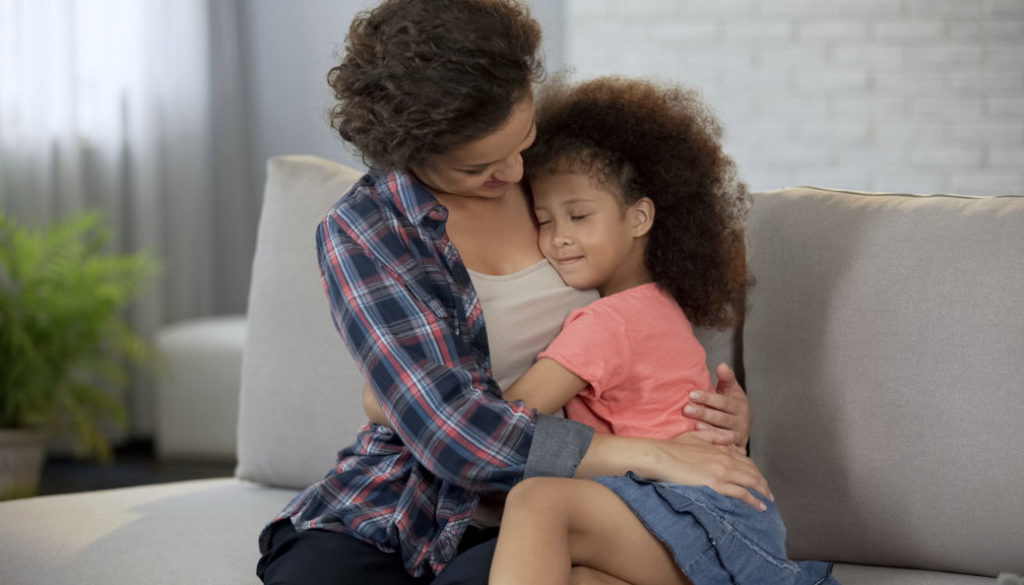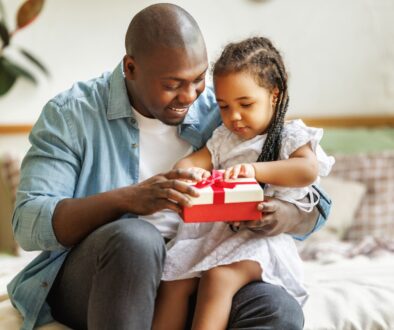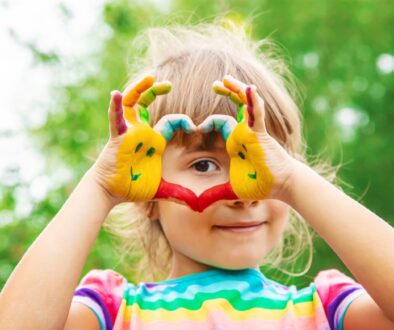Time-In vs. Time-Out

Children need adult support to regulate (calm) the big emotions that drive their big behaviors. “Time-in” is an alternative strategy to ‘time-out’ that aims to provide children with the support they need to shift from dysregulated states to regulated states.
‘Time-in’ is about creating a calm and connected space for you and your child to allow big feelings and behavior to settle within the safety and support of your relationship. In order for ‘time-ins’ to be effective, we must be able to be calm and safe for them. If this is not possible in the moment, then we can take a ‘time-out’ to self-regulate before a ‘time-in’ with our little one.
Check out these 5 simple steps to start using ‘time-in’ to support your child when they are experiencing big emotions and dysregulation:
- Calmly explain why they need to take a break. Boundaries are important. One way of holding a boundary is to calmly remove your child from a situation in which they are struggling. This might look like this: “I won’t let you hit. I am going to take you somewhere quiet to support your body to feel calm again.”
- Calm yourself to calm your child. Get present. Lengthen your exhale and notice the feeling of your feet on the floor. Our emotions are contagious. We need to find our own calm in order to support calm in our child. When children are distressed, they seek connection. This calms their body’s stress response at a time when their bodies are flooded and overwhelmed. It is through the process of co-regulation that children are better able to regulate themselves once it is developmentally appropriate.
- Hold space for their feelings. Notice and allow their feelings without trying to fix them. Get comfortable with allowing them to let go of it all within the safety of their connection to you. Resist the urge to try to distract them from their feelings or move them through them too quickly.
- Remain emotionally available to your child throughout the moment. This is an important step. Empathize with and connect to your child’s feelings and most importantly, never isolate a child who is emotionally distressed or who is asking for help. An example of this is: “I can see how sad you are, I’m right here with you.”
- When your child is calm and no longer reactive- reflect together to support learning. Exercise your child’s prefrontal cortex through reflective dialogue. Encourage them to problem solve and learn from what happened.
Remember, children develop the capacity to regulate their own emotions and behaviors over time through having repeated experiences of having their emotions soothed and regulated by a caregiver. They can’t do it without our support, which is why ‘time-outs’ are not an effective strategy for supporting children’s emotional development. When children are able to stay emotionally regulated, they are less likely to display big behaviors.
Supporting children with these big emotions is the key to helping children and families shift from moments of chaos to moments of calm.





